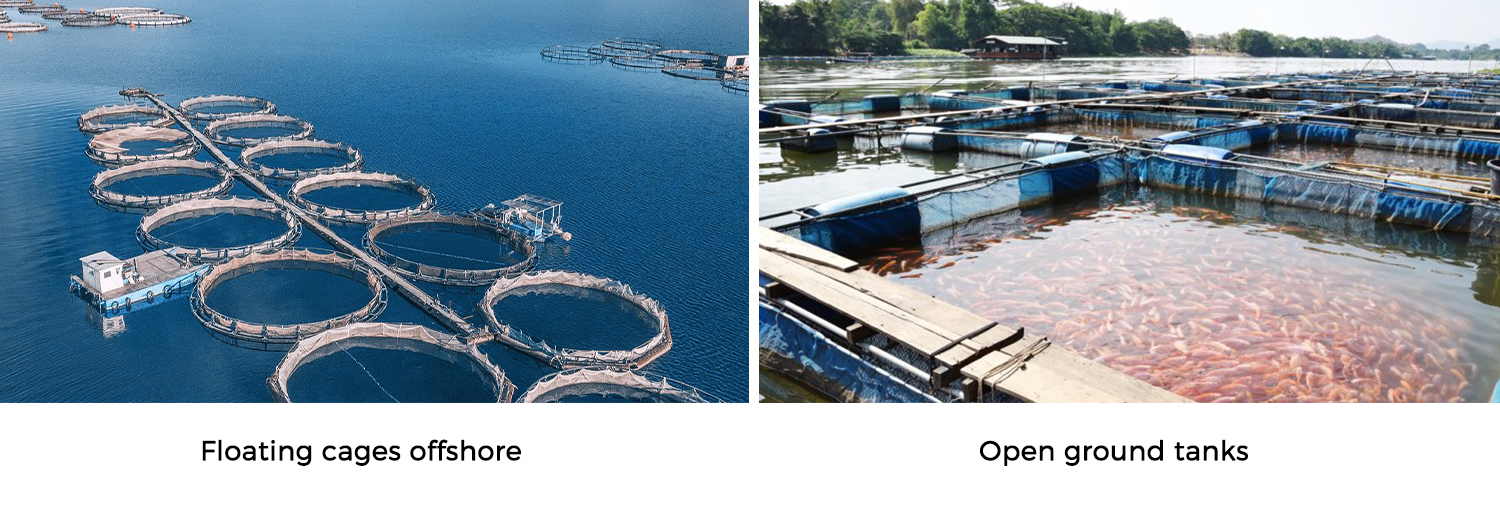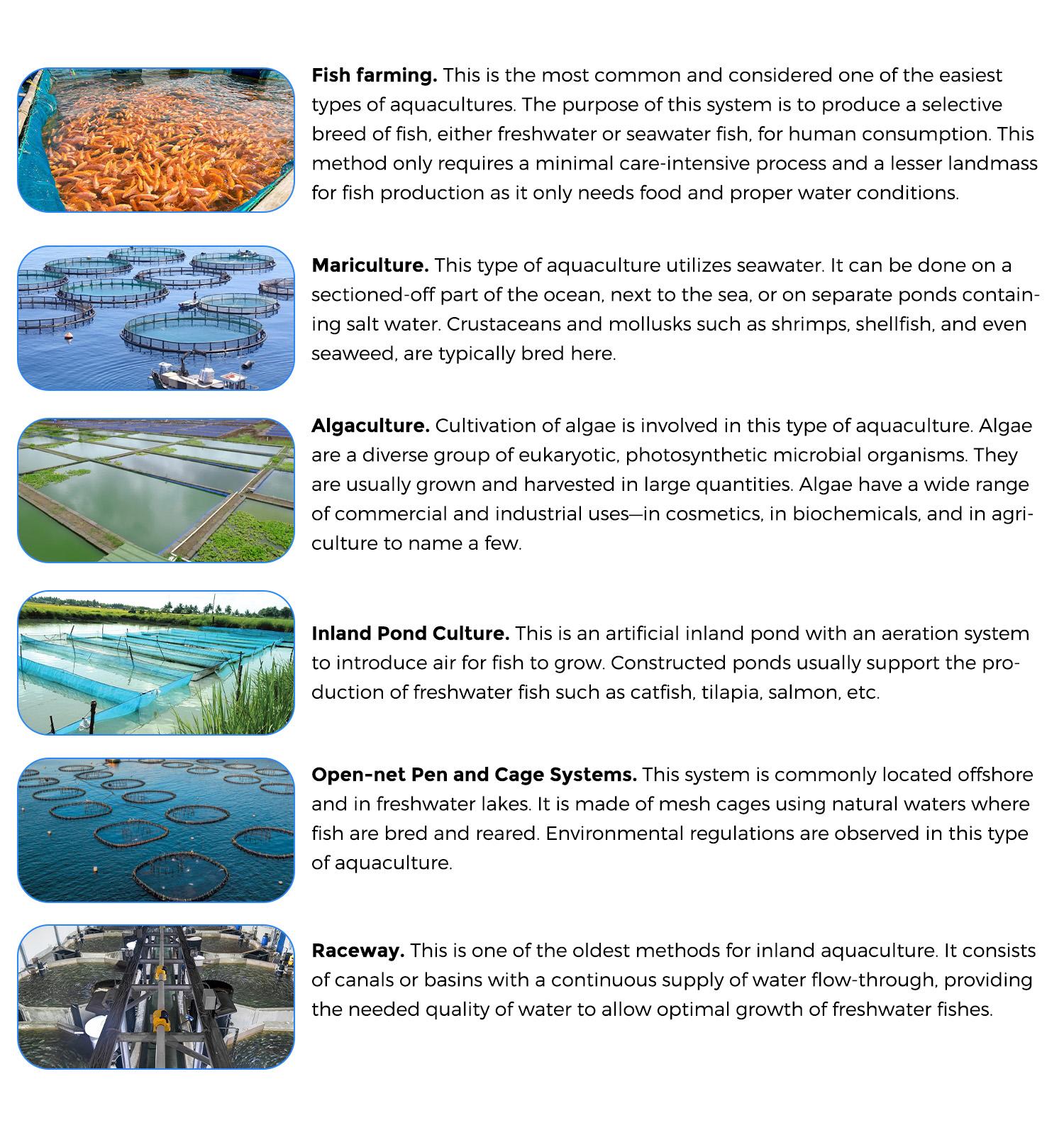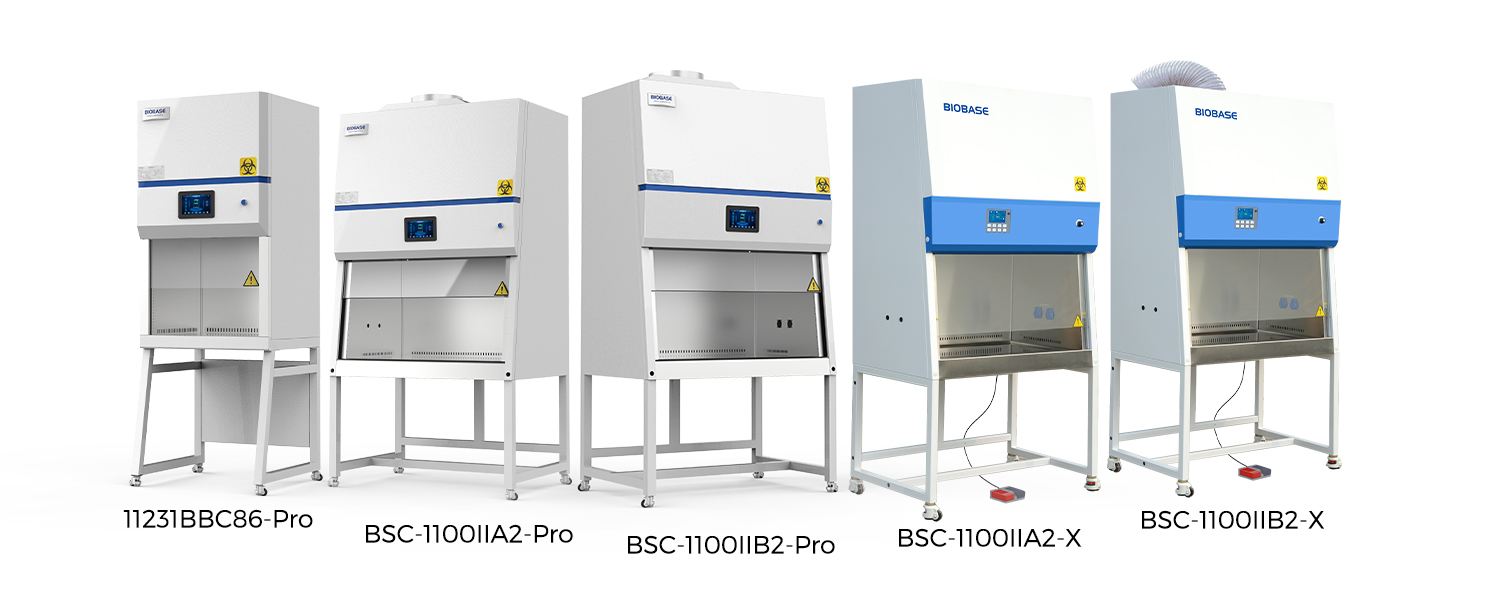Marine Aquaculture and Its Laboratory Product Relevance
With the non-stop growing world population, there are more mouths to feed. Faster and larger food production is needed to accommodate the increasing demand. The current production from agriculture alone is not sufficient to supply the high demand but with the innovations in fishing technologies, aquaculture is becoming an effective method of farming seafood.
What is Aquaculture?
Aquaculture is the controlled breeding, rearing, and harvesting of various seafood such as fish, shellfish, crustaceans, algae, and other aquatic organisms. It is one of the fastest, if not the fastest, growing food-producing sectors and currently accounts for 50% of fish for human consumption around the world. Aquaculture can be done in both inland and coastal waters. The methods can vary from onshore tanks filled with either freshwater or seawater to floating cages anchored on the seabed. In tropical and subtropical zones, ponds or open ground tanks with brackish water are used for shrimp farming.

Besides the massive contribution to global food production, aquaculture also helps in repopulating threatened and endangered aquatic species, restoring habitats, and replenishing wild stocks of freshwater and seawater species. However, poorly managed fish farms can cause water pollution and damage to the local environment.
Types of Aquacultures
Various aquatic organisms such as fish, seaweed and macrophyte, mollusk, crustacean, and other invertebrates are grown in diverse ways. Aquaculture systems, phases of culture, and technologies are considered for successful aquaculture. Here are several types of aquacultures:
Types of Aquacultures
Various aquatic organisms such as fish, seaweed and macrophyte, mollusk, crustacean, and other invertebrates are grown in diverse ways. Aquaculture systems, phases of culture, and technologies are considered for successful aquaculture. Here are several types of aquacultures:

Laboratory Testing Involved in Aquaculture
The application of proper techniques in aquaculture is important, as well as the right technologies used to study and propagate aquatic organisms that benefit human consumption and save endangered species. Here are some tests and the equipment needed in the lab to conduct a safe, accurate, and successful aquaculture.

Diagnostic Testing
Examination of live fish, tissue samples, and hatchery finfish and shellfish for the presence of bacteria, viruses, fungi, protozoa, or other parasites can be done in a fish pathology laboratory. With the use of engineering control equipment such as Universal Animal Research Workstations and Class II Biosafety Cabinets, laboratory personnel will be protected from biological hazards and odors while providing sterile working areas for aquatic samples.
While a live fish is preferred as a diagnostic sample, there are instances where there are no live clinical diseased/moribund fish available. In this case, dead fish or tissue samples should be kept cool in a Laboratory Refrigerator and then tested within 72 hours after collecting the sample.
The large potential aquaculture offers in providing the world population with a healthy and sustainable source of seafood may help alleviate food crisis. However, to achieve this, more research and studies must be performed to improve the current methods of aquaculture. And with BIOBASE solutions, the next breakthrough in aquaculture can be done in a controlled and safe environment.
